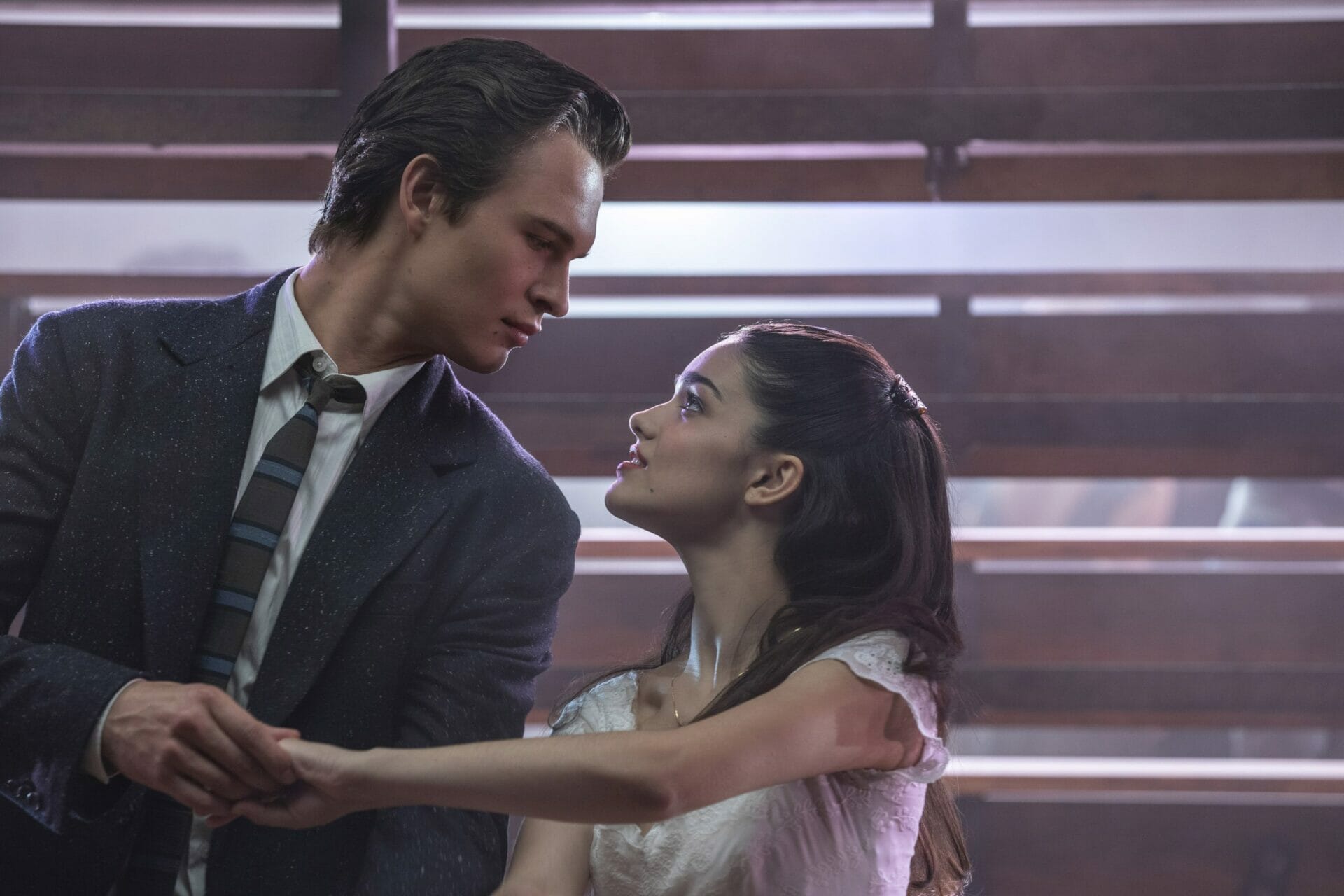
West Side Story | Rewriting a cult classic
Year
Runtime
Director
Main Cast
Cinematographer
Production Designer
Country
Format
Subgenre
In 1957, American director, choreographer, and dancer Jerome Robbins conceived, choreographed, and directed a musical titled West Side Story – music by Leonard Bernstein, lyrics by Stephen Sondheim, and a book by Arthur Laurents – with the vision to transpose William Shakespeare‘s tragedy Romeo and Juliet into modern times. After countless encore performances and still playing on stage today, West Side Story is considered a Broadway classic.
In 1961, American director Robert Wise, along with Jerome Robbins, directed a film adaptation of the 1957 Broadway musical. West Side Story (1961) is still widely regarded as one of the best musical movies in history. It won 10 Academy Awards, including Best Picture, becoming the musical movie with the most wins. Also, for the first time in history, the Academy Award for Best Director was given to two directors (Wise and Robbins). The movie became the highest-grossing movie of 1961 and ranks second on AFI’s 25 Greatest Movie Musicals Of All Time list.
Steven Spielberg claimed he has always been a big fan of the 1961 movie. When he fell in love with the musical, he had not seen the movie yet. He had just listened to the soundtrack and tried to figure out how the dancers could move. Hence, in 2021 he decided to direct his own version of the musical. His West Side Story reveals an elegant homage to the cult classic, focusing on the original story and music, but also finding connections to current events and issues.
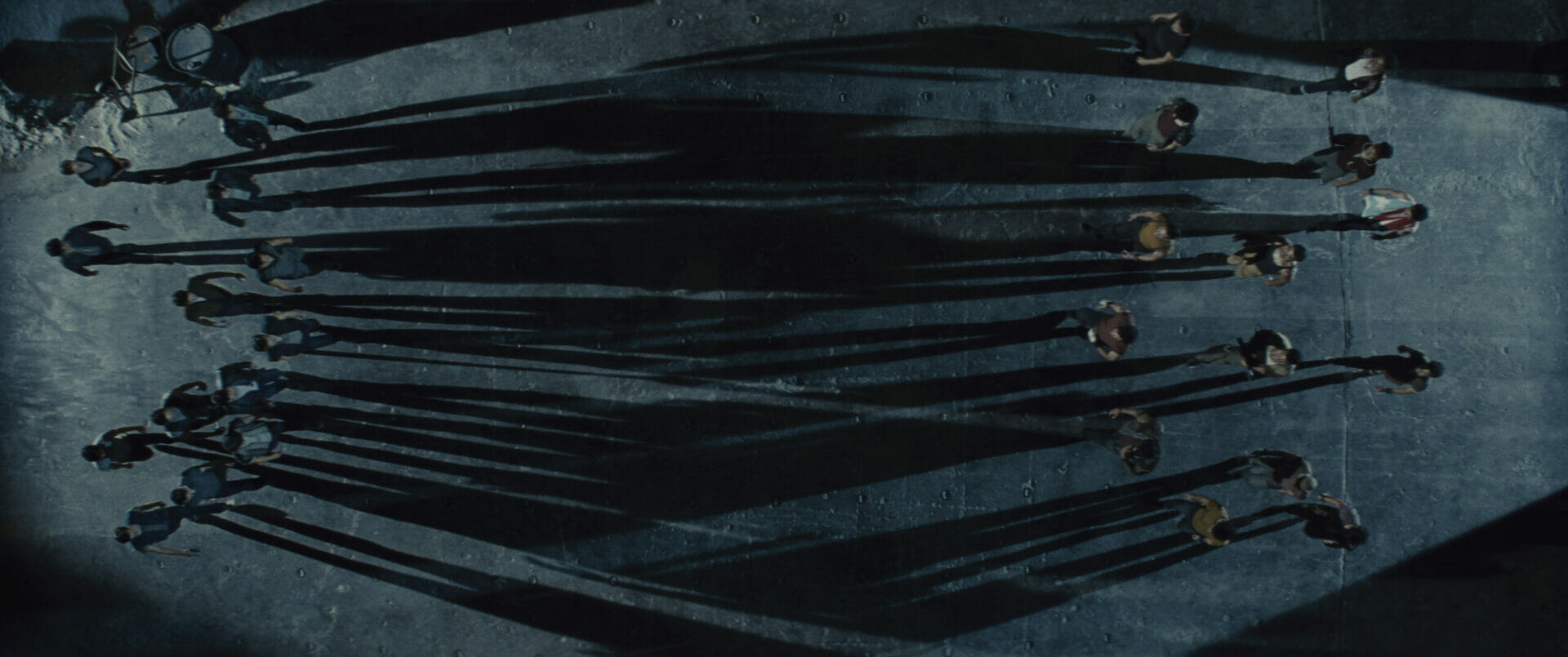
© 2021 20th Century Studios. All Rights Reserved.
Love and feuds
1950s New York City, Manhattan’s West Side. Two gangs compete for control of the district: the Jets, second-generation immigrants from Eastern Europe, and the Sharks, new immigrants from Puerto Rico, led by Bernardo (David Alvarez). One night Bernardo sets up a date between his sister Maria (Rachel Zegler) and Chino (Josh Andrés Rivera). They go to a ball, but there Maria meets Tony (Ansel Elgort) and they suddenly fall in love.
However, like some sort of modern Romeo and Juliet, they are not free to express their feelings. Jets and Sharks are nothing more than new Montagues and Capulets. They can’t conceive of a sentimental bond between rival gangs. Indeed, Tony belongs to the Jets, while Maria should be dating Chino. But difficulties don’t stop them from meeting secretly and their love grows stronger
West Side Story (2021) entered development in 2014 and its release suffered a one-year delay due to the COVID-19 pandemic. However, the delay allowed the movie to hit the big screen on the 60th anniversary of its inspiration source. It received four nominations at the 79th Golden Globe Awards, winning Best Picture – Musical/Comedy, Best Actress, and Best Supporting Actress.
A dancing exercise with style
Musicals are exercises in style. They are geometries and exact calculations to preserve the balance between narrative climax and singing, dialogues, and dance breaks. Some musicals focus more on narration combined with music, such as Robert Wise‘s The Sound of Music (1965). There, songs are an integral part of the narrative, which pauses to allow the actors to sing. Others, such as Damien Chazelle‘s La La Land (2016), place more importance on choreographies and use music as a bridge to imaginary realms. For his part, Spielberg achieves a mathematical balance by maintaining a pressing rhythm: his camera keeps moving, emphasizing movements and actions. So, in the same way as each piece of choreography, the entire narrative relies on an exact pulsation, beaten with mathematical precision by an invisible metronome.
Spielberg always places great emphasis on his characters and their emotions, more than on locations. Rewriting the Broadway hit, he gives this same importance to his characters and describes the environment through their eyes. He follows or anticipates the dancers’ movements, and lingers on their faces to highlight emotions. By giving more importance to the inner world, Spielberg succeeds in imprinting his own style on the cult classic.
Spielberg had worked on almost every genre, from historical drama to sci-fi, but had never directed a musical. However, he had already experimented with some musical techniques. In Indiana Jones and the Temple of Doom (1984), Kate Capshaw sings a Mandarin version of Cole Porter‘s song Anything Goes while dancing in Busby Berkeley-style. Also, the boogie competition in 1941 (1979) follows a pattern that is the same as West Side Story‘s unofficial dance competition between the Jets and the Sharks.
Original music and new dancers
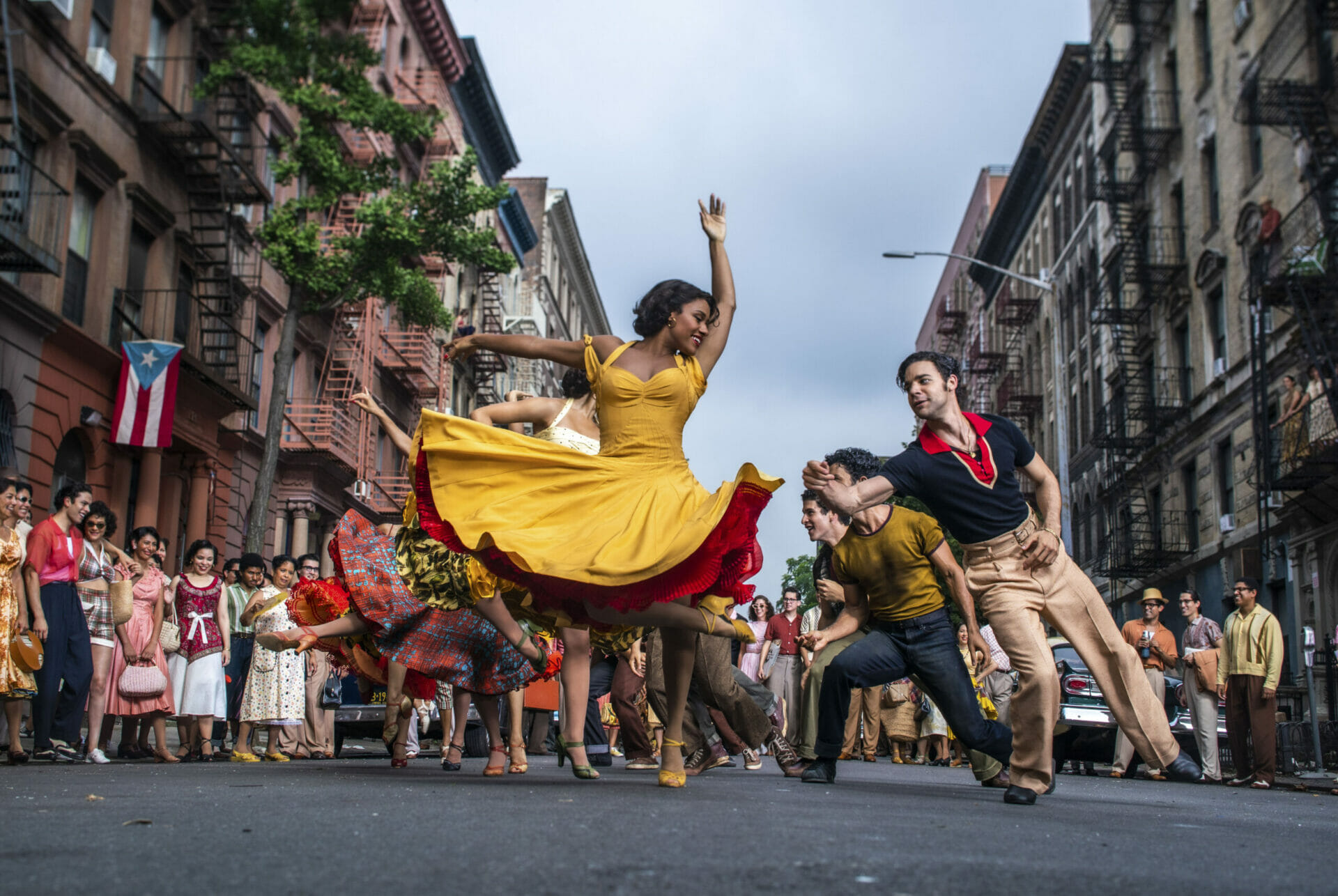
Photo by Niko Tavernise. © 2021 20th Century Studios. All Rights Reserved.
Bernstein’s music was arranged by David Newman and performed by the New York Philharmonic and the Los Angeles Philharmonic. They played under the baton of Gustavo Dudamel with six South American percussionists. Dealing with an untouchable score, Newman decided to preserve the original music as his north star. He told Broadway World that he didn’t want to modernize the score. Most of his work consisted of shortening or lengthening the pieces depending on the scenes. In the 1961 movie, almost all of the actors were dubbed in when they were singing, while the cast in Spielberg’s version sings in their own voices. To give the original music a fresh twist, Newman mixed orchestral melodies with jazz sonorities and Latin rhythms.
The setting and costumes are reminiscent of Robert Wise’s version, whose style of choreography Spielberg also traces. The only major difference is the character of Doc, transformed into Valentina and played by Rita Moreno, who played Maria in the 1961 version. Spielberg gives her the interpretation of Somewhere, which was originally performed by the character of Tony.
When Rita Moreno played Maria, her skin was darkened with make-up. This was standard practice in Hollywood at the time. In contrast, Spielberg cast Puerto Rican actors who could add their own background to the story and a more realistic flair. Unlike musicals like Baz Luhrmann‘s Moulin Rouge! (2001) or Rob Marshall‘s Chicago (2002), which both boast celebrities, West Side Story brings new faces to the screen. As a Hollywood veteran, Spielberg has decided to believe in a new generation of talented actors. Rachel Zegler, Ariana DeBose, and David Alvarez have experience in musicals, but they never appeared on the big screen.
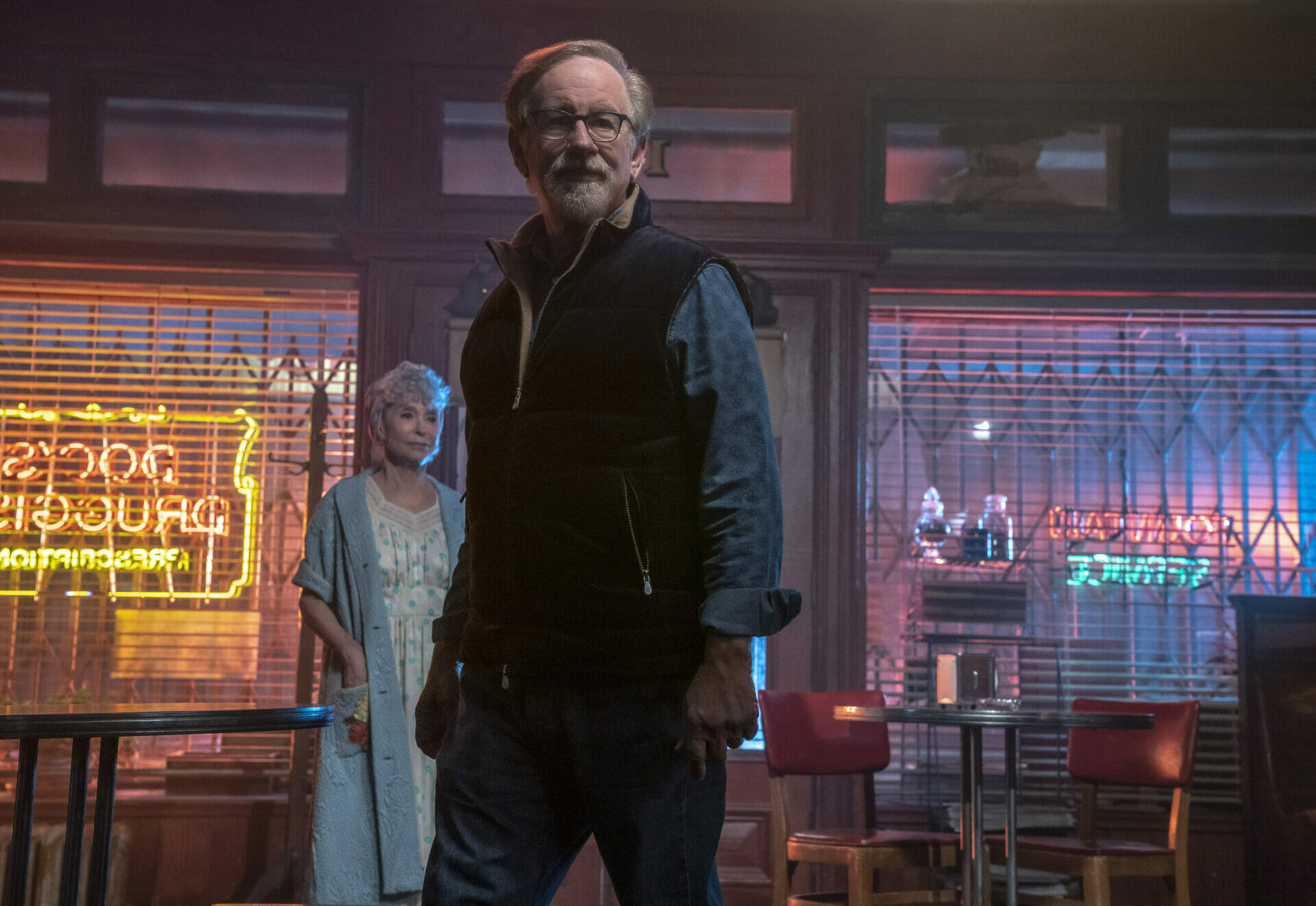
© 2020 Twentieth Century Fox Film Corporation. All Rights Reserved.
Nevertheless, the movie has received some criticism about its cast. First of all, as remarked by The Daily Beast, no Puerto Rican actress was chosen for the role of Maria. Rachel Zegler, indeed, has Polish and Columbian origins. Also, despite consulting with students and professors from the University of Puerto Rico and having dialogues in Spanish, the Puerto Rican community found the movie filled with old stereotypes. The Los Angeles Times pointed out how white normativity influenced all the old clichés about Latino and Puerto Rican culture and community.
Timeless hate
Spielberg began pre-production in 2014 and filming in 2019. At the time, Donald Trump was the 45th President of the United States and racial and social tensions were peaking, escalating into violent episodes. The Black Lives Matter movement and protests exploded, deeply influencing Spielberg’s choices. He aimed to make a movie that, through a classic story and a past atmosphere, could open a conversation about current controversies.
The setting also plays an important role in West Side Story. During the 1950s, the Manhattan neighborhood was going through a process of urban renewal, which increased differences between those who could integrate, and those who were left on the margins. West Side Story picks the latter as its protagonist. In this movie, there is a different face than the bright West Side face depicted in The Marvelous Mrs. Maisel, although it takes place in the same place and time.
Spielberg’s movie reveals such a sophisticated denunciation, showing that racial hate does not change through time.
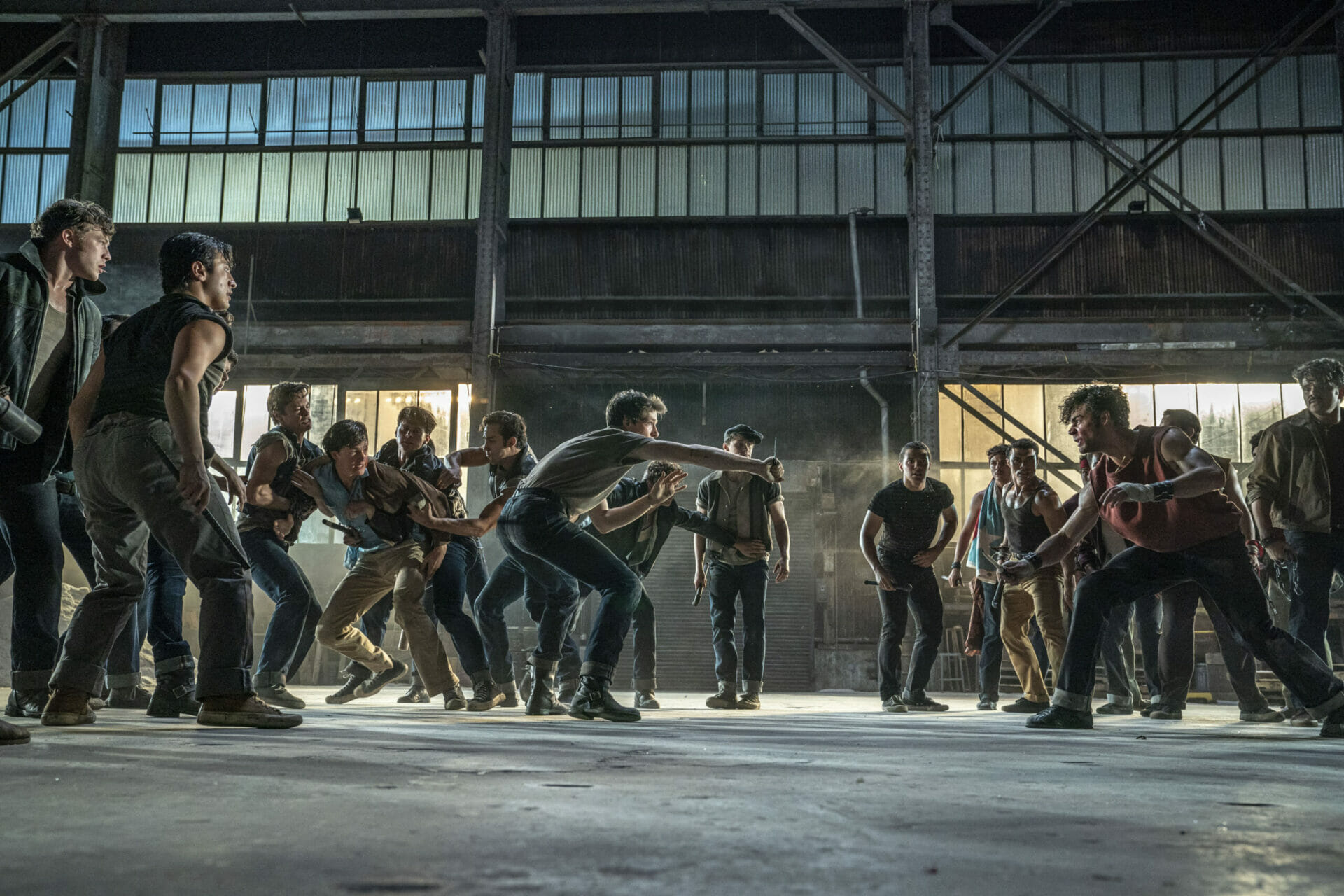
Photo by Niko Tavernise. © 2021 20th Century Studios. All Rights Reserved.
Dreams and integration
Maria and Tony thus come from two different groups of outsiders. Tony, though, becomes marginalized even within his own gang. When he gets out of prison, his friends expect their leader to be back, but something has changed. Tony wants to find a job and his place in the world, becoming an honest man. And Maria, newly arrived in New York, declares that she wants to be happy there. Just like her friend Anita (Ariana DeBose), Maria does her best to improve her life: they both left Puerto Rico hoping for a better future in New York City. Following the American Dream, they strongly believe that hard work will grant them a place in this new world.
Bernardo, on his part, doesn’t like America and he dreams to come back to Puerto Rico. While his girlfriend Anita expresses her firm will to stay in Manhattan, despite difficulties, singing “I like to be in America”. But all her energy and enthusiasm disappear when she claims:
Yo no soy americana. Yo soy puertoriqueña!
Anita (Ariana DeBose)
In the end, West Side Story turns out to be more than just a classic love story. Tony and Maria’s parable reflect the impossibility of changing things. No matter how hard one tries, sometimes fate proves stronger. Along with their future, the American Dream dies, shattered on reality.
Tag
Buy a ☕ for Hypercritic









